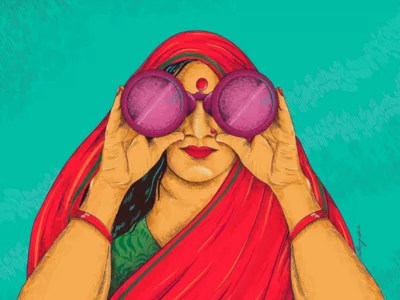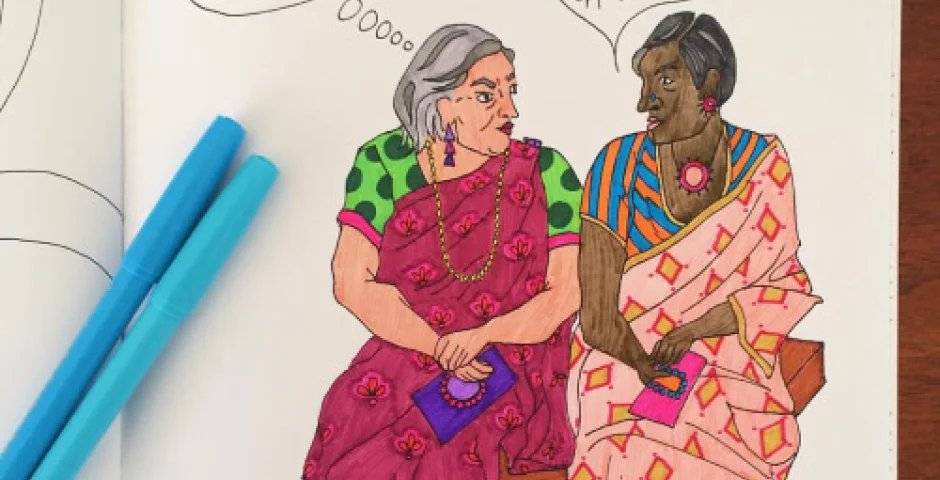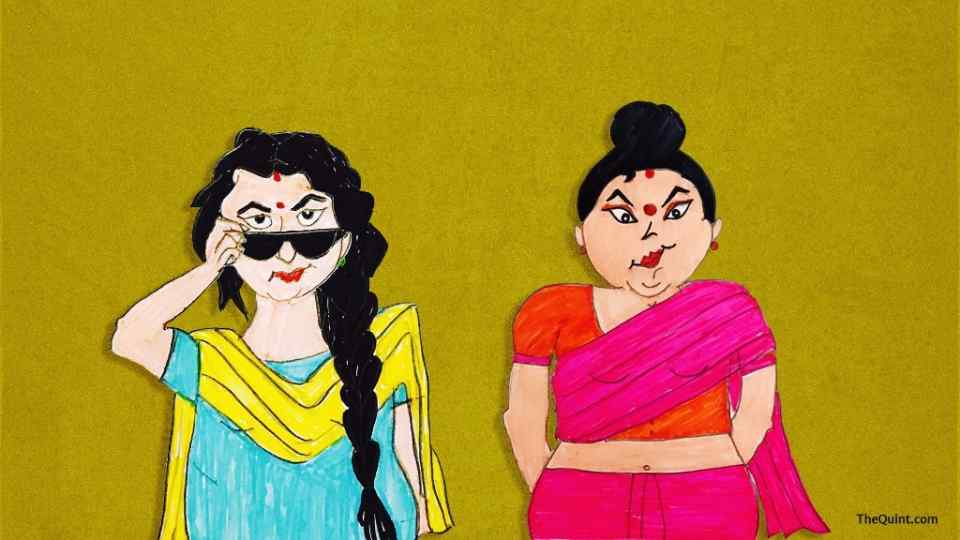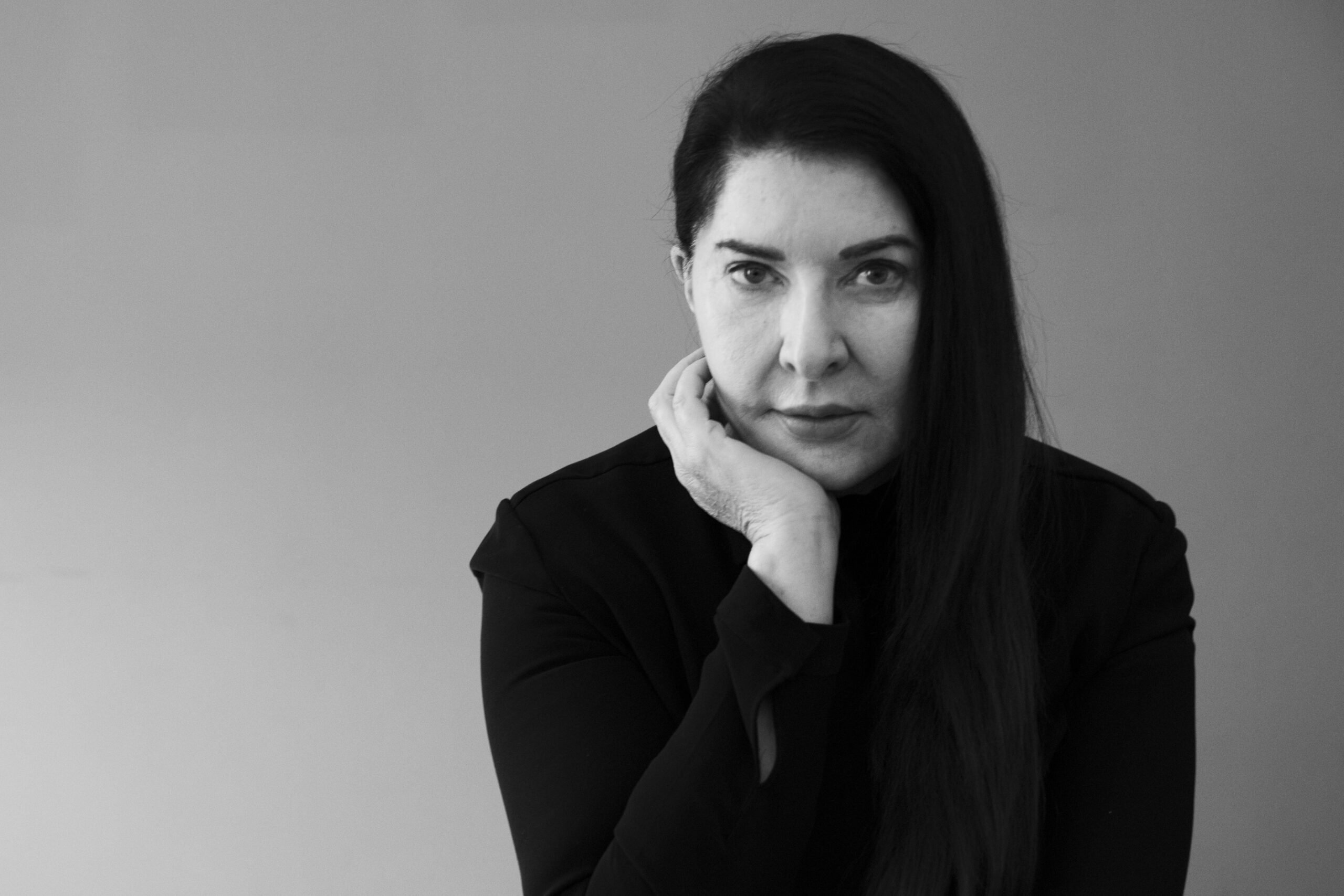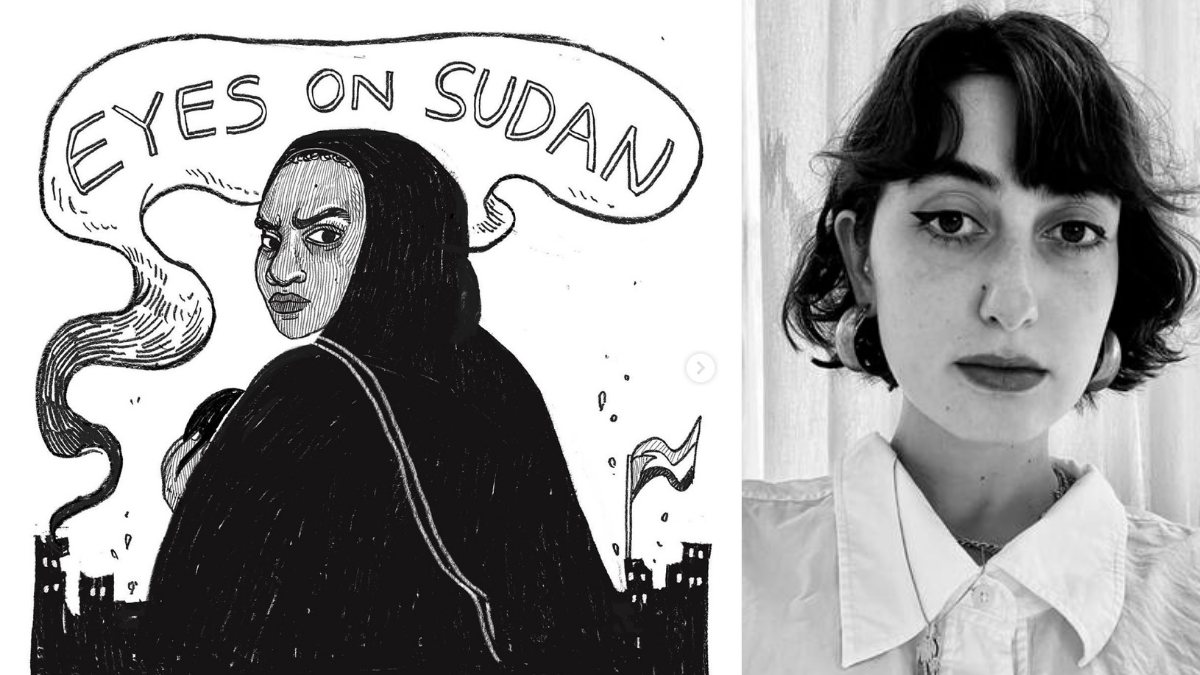In 2016, the Union HRD minister had made headlines of a leading daily while being titled as the ‘aunty-national‘. The term “aunty” in Indian media and within popular parlance has come to mean more than just a word that indicates a familial relationship which may or may not be close. Alongside, the term “aunty” also goes as a common slang amongst girls, women and others about how a woman is maturing beyond their age or expected roles within their respected contexts.
It’s embarrassing yet concerning what came from yesteryear veteran actress and national award winner, Sharada, about her deposition to the Hema Commission Report. This instance could be seen parallelly with what happened to Hema Malini’s statement after the disqualification of Vinesh Phogat from the French Olympics that caused further national and global discussions around gender and its categorisations.
The term “aunty” in Indian media and within popular parlance has come to mean more than just a word that indicates a familial relationship which may or may not be close.
These misinformed statements can be seen as an example for the popular trend of weaponising the term “aunty”. Misinformation is spread by elderly and senior women that often induces beratement and shame, gatekeeping and at times forcefully maintains and reinforces caste, class, gender hierarchies and often are in the frontline to comment on marital status, weight, skin colour, life choices, hygiene and what not.
This tendency is a common way by which we understand an “aunty” within our public and personal lives. As aunties continue to garner more criticism for their outdated and problematic positions in public and personal spheres we occupy, it is necessary to attempt to read the aunty in different lights that can also be an inspiring diva and the first safe space for many children who couldn’t find their voices at homes or with others.
The aunty trope
Middle-aged working women are conventionally, traditionally, and indeed regressively, caged into caricatured and undermined tropes of “aunties.” Whether it be the English-speaking aunts or the modernity embracing and free-thinking NRI aunt. Dr Karim Khubchandani from Tuft University in his Introduction to Transnational Figurations of the South Asian Aunty (2023), states –’aunty figurations and representations provide alternate orientations for our field of study, certainly around the questions of gender and sexuality, but also on nationalism, kinship and disciplinary borders… the aunty figure as both body and optic offers an opportunity to think promiscuously about the geographic borders of South Asia and the disciplinary borders of South Asian studies.’
As Soumya Mathew opines about Indian women politicians ‘as aunty and tai is just an attempt to otherise [them] from the masculine political space.’ As politics continue to remain hostile to female participation, religion and spirituality become a saving grace for many aunties who are past their prime years to find more humanistic and meaningful purposes in the latter phase of their lives.
Hence, it wouldn’t be fully wrong to say that an Aunty develops or devolves into a diva. The verb gets determined as per the personality and intent of these figures. Viewing the aunty in only negative lights excludes her from the movement of feminism and securing heteropatriarchy by eschewing critiques of uncles and other powerful men.
These are trends we’ve seen universally while looking at middle-aged women actors and politicians and this works differently as per contexts of different institutions like academia, science, IT, fashion, and other professional umbrellas that can be categorised as vaguely “mainstream,” due to their power to influence the masses/stakeholders with these personas that people project as their “image.”
The aunty-diva
There are different types of aunties. While determining who is a “diva” and not is also an interesting intersection within aunty-diva studies. Especially while looking at the aunty figure within the public gaze. While Hema Malini makes questionable remarks at political level, it is also crucial to notice how she performed at the Ram Temple along with the unexpected and surprising performance of the first female star of Indian cinema – Dr Vyjayanthimala Bali.
While the central government positions elderly women as their cultural and artistic ambassadors, by default they become a diva who is known to preserve her style over her power. This is a great marketing strategy as well for preserving culture and tradition.
The stereotypical Indian aunties in the light of the political contexts mentioned above, invites negativity as it is enabling more subversive and suppressive politics.
The stereotypical Indian aunties in the light of the political contexts mentioned above, invites negativity as it is enabling more subversive and suppressive politics. Thus, there is a conflict amongst aunties to decide whether to be a diva or a maternally conscious presence which is mostly sanctioned at familial and professional levels from women.
While navigating inevitable and systemic seniority structures in Indian spaces, a middle-aged spinster is more susceptible to punishment of moral policing and judgements than a bachelor of any age. This disparity and double standard continue to proliferate.
The queer aunt
There are good aunts as well. Many aunties influence the young and incipient queers due to their dysfunctional family backgrounds. It’s the aunty presence that alleviates many of their misery while growing up and they often become an idol or an inspiration on how to broach day-to-day life challenges with a mix of concern, cynicism, practicality and judgements.
Aunties that enabled early indulgences with queerness helps many confused children in attaining their gestures, gifts, and memories, during times of internal and external stress of adolescence. The physical and emotional changes that are extra confusing for children with queer sensitivities, are often mentored and consoled with aunty influences like the binary of good and bad aunts (Radha and Kanthi) that we could see in Sri Lankan novelist, Syam Selvadurai’s novel Funny Boy.
Aunties that enabled early indulgences with queerness helps many confused children in attaining their gestures, gifts, and memories, during times of internal and external stress of adolescence.
As K. Khubchandani also states ‘aunty as a promiscuous and pervasive term that can name relatives, neighbours, maids, and strangers, the aunty productively disorganises kin formations that are naturalised by Western social science.’ Marlon M. Bailey in her 2013 book – Butch Queens Up in Pumps: Gender, Performance, and Ballroom Culture in Detroit, uses the phrase kin labour to denote the unacknowledged work undertaken mostly by women to establish familiarity within family relations. Thus, the aunty can also be viewed as a relation that fluctuates in intensity but still able to hold ‘real‘ and ‘fictive‘ kinships in same horizons of proximity and distance.
Promiscuous aunt
What are the origins for such blind statements that arise from aunties? Brutally unkind words that are not just cut-throat in nature but also irreverent, ignorant with the pretence of sourness, sardonic humour, and their priorities in their latter stage of life.
This creates an exciting, intersectional and transnational spectacle of the aunty figure that is also democratic. She is neither anti-leftist or feminist, nor trying to align more with a historically or politically pro-nationalist position, but a “central” position that often steals the spotlight for an aesthetic and glamourous purpose.
It’s no generalisation when we say that the elderly women of cinema who are image conscious mostly choose the safe cause of national integrity and Central government support systems at the virtual, cultural, and professional levels. Yet it also seems to indicate how aunties at lesser levels of management, or other professions, and many among the middle-class working women, usually get classified as “go-getters,” for calling out double-standards, disparities, and entitled behaviours. The ordinary middle-aged women has to overcome these hurdles by proving her strength as a social-organiser, which results in the ostracism of many such “tough” and “interfering” women even today.


